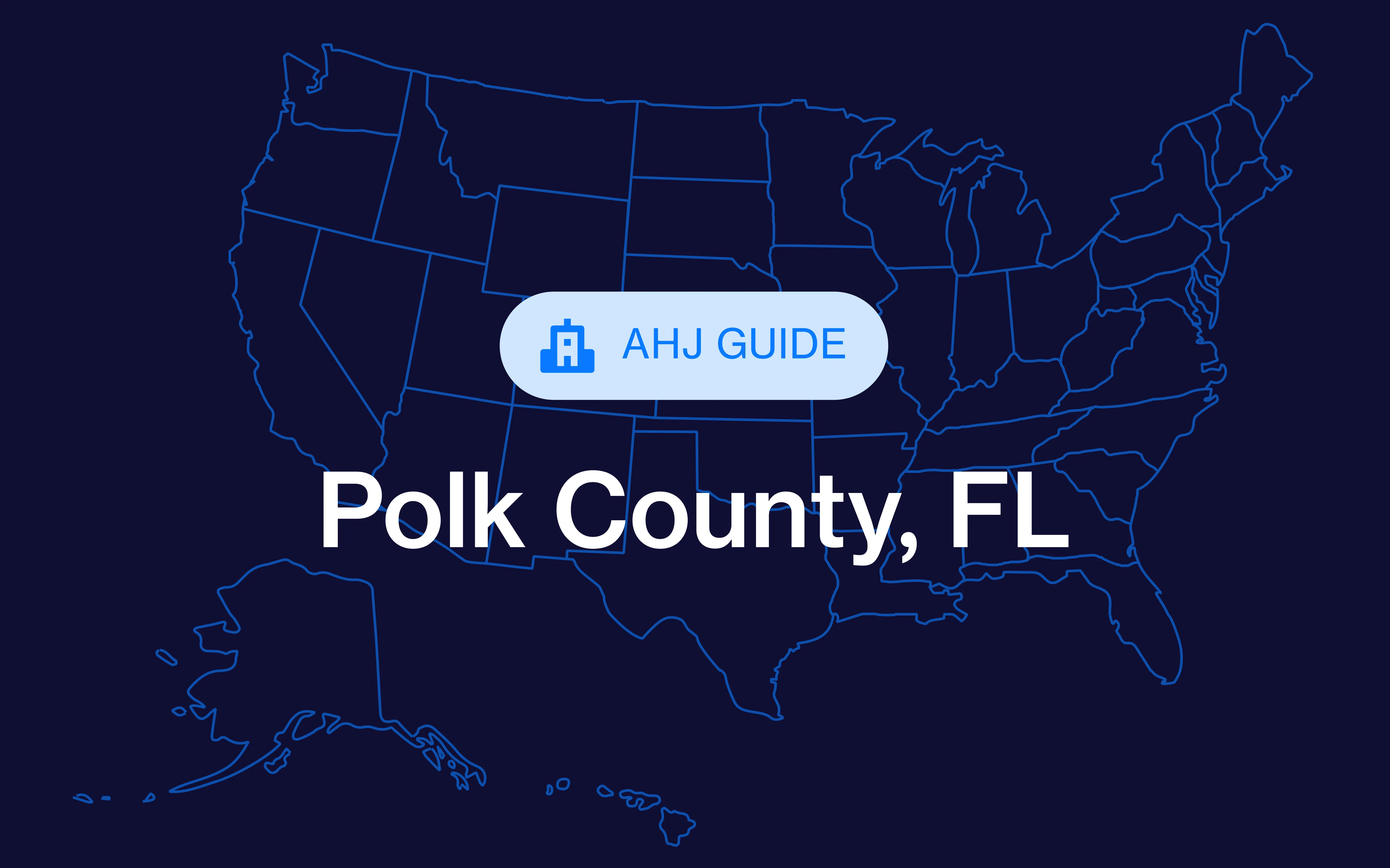Every service call — whether it’s upgrading a breaker panel, repiping a kitchen, or swapping out a rooftop HVAC unit — starts with more than tools and a truck. You need the right trade permit to protect clients, keep work compliant, and avoid costly callbacks.
Yet juggling construction permit applications, inspections, and overlapping project schedules can feel like a full-time job for electricians, plumbers, HVAC techs, and every specialist in between.
This guide provides the clarity you’re seeking. You’ll learn the step-by-step path to securing the right trade permit, plus practical tactics for staying organized when multiple jobs compete for your calendar.
Pull trade permits faster with PermitFlow. Learn more.
What is a trade permit?
A trade permit is a specialized permit that’s required for specific types of work typically handled by licensed trades professionals. These permits ensure that work involving critical systems, like plumbing, electrical, or HVAC, meets local safety standards and building codes.
The most common types of trade permits include:
- Electrical permits: This is required for work such as panel upgrades, wiring new circuits, installing EV chargers, or service changes.
- Plumbing permits: Covers tasks such as installing new piping, replacing water heaters, or adding water lines to new rooms.
- HVAC permits: Typically needed for ductwork modifications or adding a mini-split system.
- Roof permits: Required for full reroofs, replacing shingles or tiles, repairing structural decking, or installing new roof coverings and underlayment.
Trade permits are required in most jurisdictions, even for things that might seem like everyday or routine work.
Not sure if your specific project requires a trades permit? Check out our Municipal Guides to see what’s required from your jurisdiction.

Trade permits vs. building permits: What’s the difference?
Some contractors use building permits and trade permits interchangeably. However, they do serve different purposes. A building permit is primarily used for structural work — such as room additions, decks, or framing changes. Trade permits often fall under the umbrella of a building permit, as more specialty trades work concurrently with structural changes.
Here’s a quick comparison:
The trade permit application process
The permit application process will vary depending on what jurisdiction you’re in, but the milestones below appear in nearly every jurisdiction. Use them as a checklist to keep surprises off your schedule.
- Determine if a permit is actually required.
- Call or check your city/county portal before you touch a tool. Even “small” jobs — swapping an outlet, relocating a vent — often trigger a permit.
- Call or check your city/county portal before you touch a tool. Even “small” jobs — swapping an outlet, relocating a vent — often trigger a permit.
- Verify licensing requirements.
- Most municipalities won’t issue a permit without proof of an active trade license and current liability coverage. If you’re subcontracting under a GC, clarify who’s responsible for pulling the permit.
- Most municipalities won’t issue a permit without proof of an active trade license and current liability coverage. If you’re subcontracting under a GC, clarify who’s responsible for pulling the permit.
- Prepare the right documentation.
- Common documentation requirements include:
- Project address and owner details
- Scope description and estimated valuation
- Diagrams or plans for complex work
- Any related permit numbers (e.g., the building permit)
- Common documentation requirements include:
- Submit the application.
- Many jurisdictions use online portals; others still require in-person appointments. Account for portal learning curves, office hours, and possible resubmittals. Platforms like PermitFlow can file on your behalf and auto-populate repetitive fields.
- Many jurisdictions use online portals; others still require in-person appointments. Account for portal learning curves, office hours, and possible resubmittals. Platforms like PermitFlow can file on your behalf and auto-populate repetitive fields.
- Pay fees.
- Costs vary widely — an electrical or plumbing permit might run from $50 to several hundred dollars. Budget early to avoid sticker shock.
- Costs vary widely — an electrical or plumbing permit might run from $50 to several hundred dollars. Budget early to avoid sticker shock.
- Schedule inspections.
- Trade work is usually inspected at one or more phases (rough-in, final). Missing an inspection violates the permit, risks fines, and can force tear-outs. Book slots as soon as allowable and keep the inspector’s contact handy for on-site clarifications.
Save time pulling trade permits with PermitFlow. Learn more.
Managing multiple trade permits at once
When a project touches wiring, plumbing, HVAC, roofing, and more, the paperwork can pile up faster than materials on-site. Keep every permit moving — and every crew working — with these field-tested tactics:
5 mistakes to avoid with trade permits
Even seasoned pros can stumble on permitting paperwork. Keep projects moving by sidestepping these frequent missteps:
1. Breaking ground before the permit lands
Some jurisdictions require approval for tasks as small as swapping an outlet. Confirm the permit is in hand before tools come out.
2. Assuming one permit covers every trade
Electrical, plumbing, HVAC, roofing — each discipline typically needs its own permit. Skip one and the inspector can halt the whole job.
3. Submitting half-baked applications
Missing scope details, outdated license info, or forgotten signatures push your packet to the bottom of the queue. Permit management software can flag gaps before you hit “submit.”
4. Forgetting to lock in inspections
An overlooked inspection window can force tear-outs or even a full re-application. Book slots as soon as code allows and reconfirm 24 hours ahead.
5. Ignoring code updates
NEC revisions, energy efficiency rules, plumbing fixture counts — local requirements evolve constantly. Subscribe to city bulletins or rely on tools that surface changes so your plans pass review the first time.
Fast-track your trade permits
Trade permits are the gatekeepers of safe, code-compliant work. Mastering their nuances keeps projects on schedule, protects clients, and preserves your reputation.
Fold permitting into your project plan from day one: line up documentation, book inspections early, and track every status change alongside your production calendar. When permits flow smoothly, so does the rest of the job.
Ready to trade paperwork frustration for productivity? Permit management software like PermitFlow can help.
Here’s why home services contractors trust PermitFlow:
- Always compliant, everywhere you work. A nationwide code database plus local experts make sure every application is complete and correct the first time.
- Instant status & risk alerts. Real-time notifications on any device keep your crew ahead of reviews, holds, and inspection windows.
- AI that does the paperwork. Automated form-filling and smart checklists slash admin hours so techs stay on the tools.
- We talk to the city so you don’t have to. PermitFlow handles every call and email with AHJs, cutting wait times and costly miscommunications.
Ready to reclaim those lost hours? Schedule a quick call today to see PermitFlow in action.








